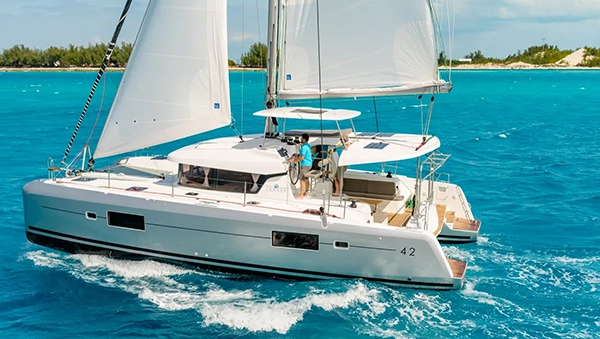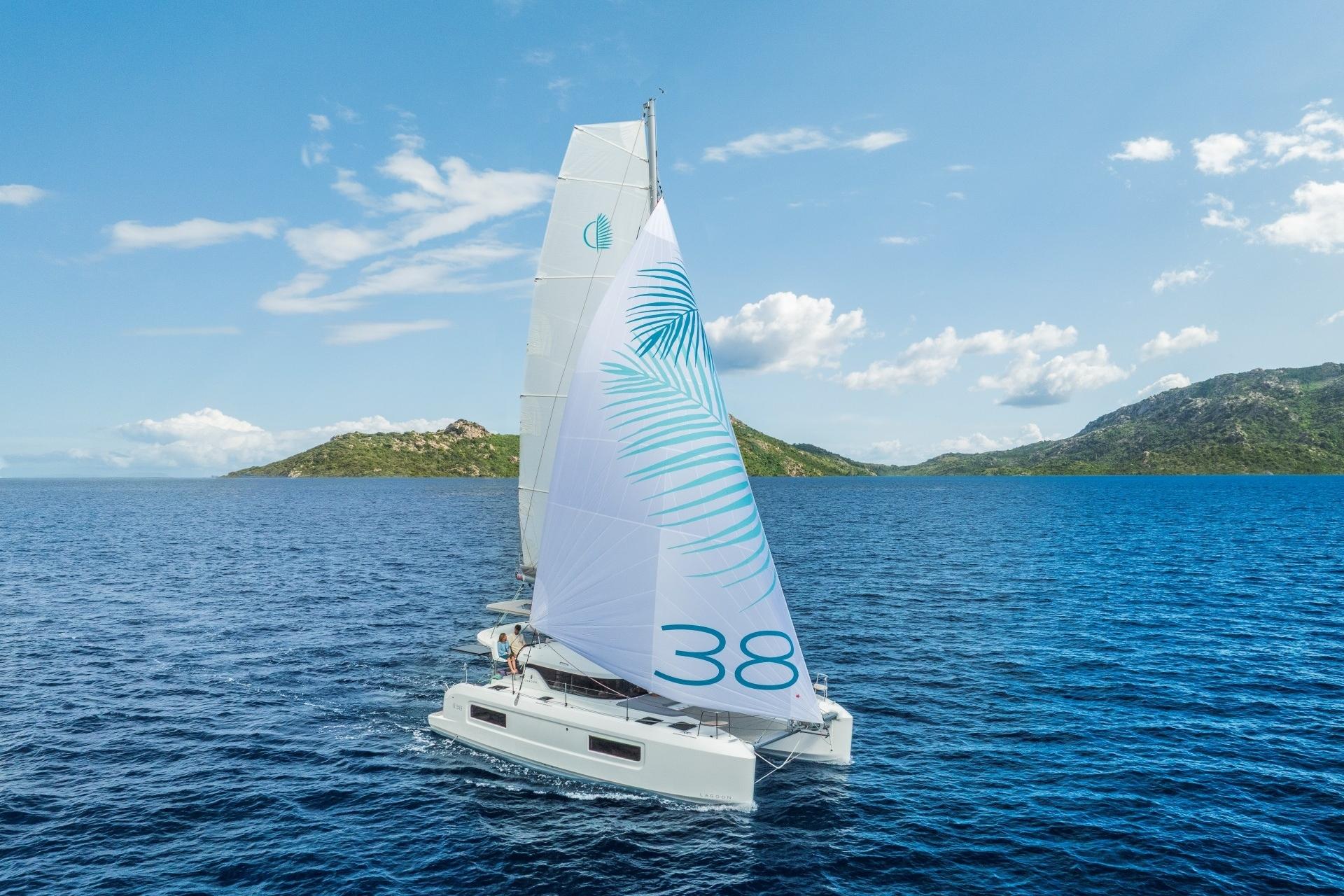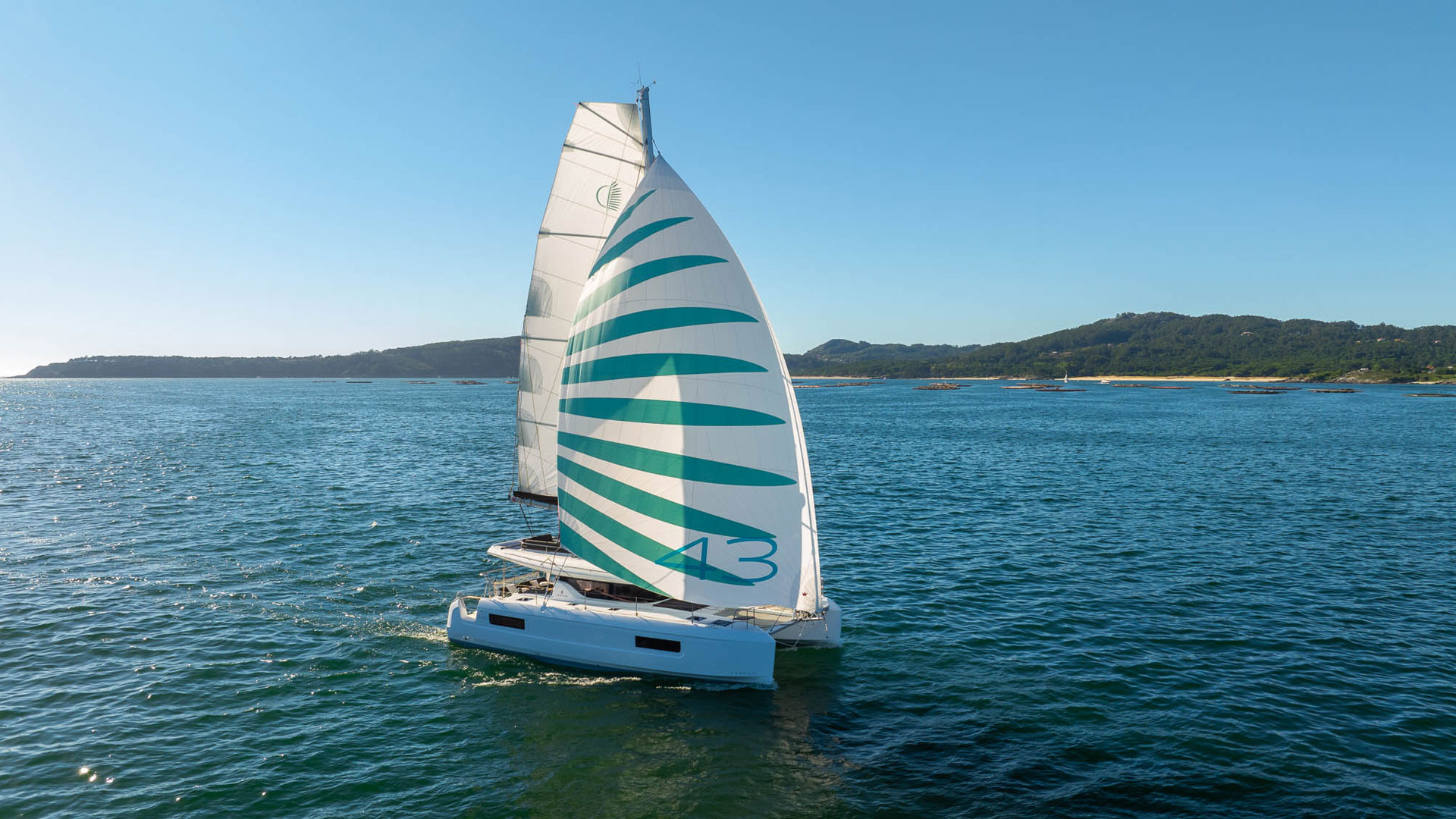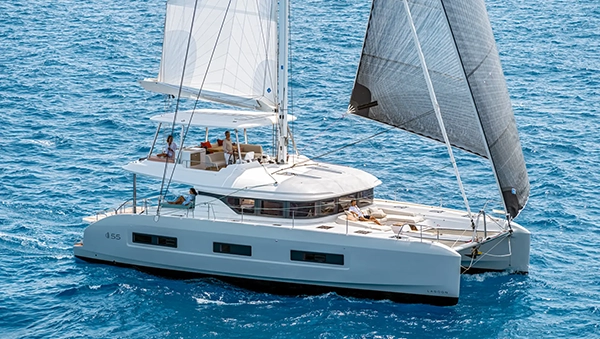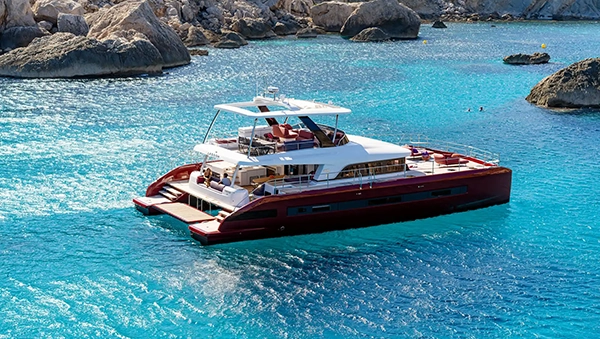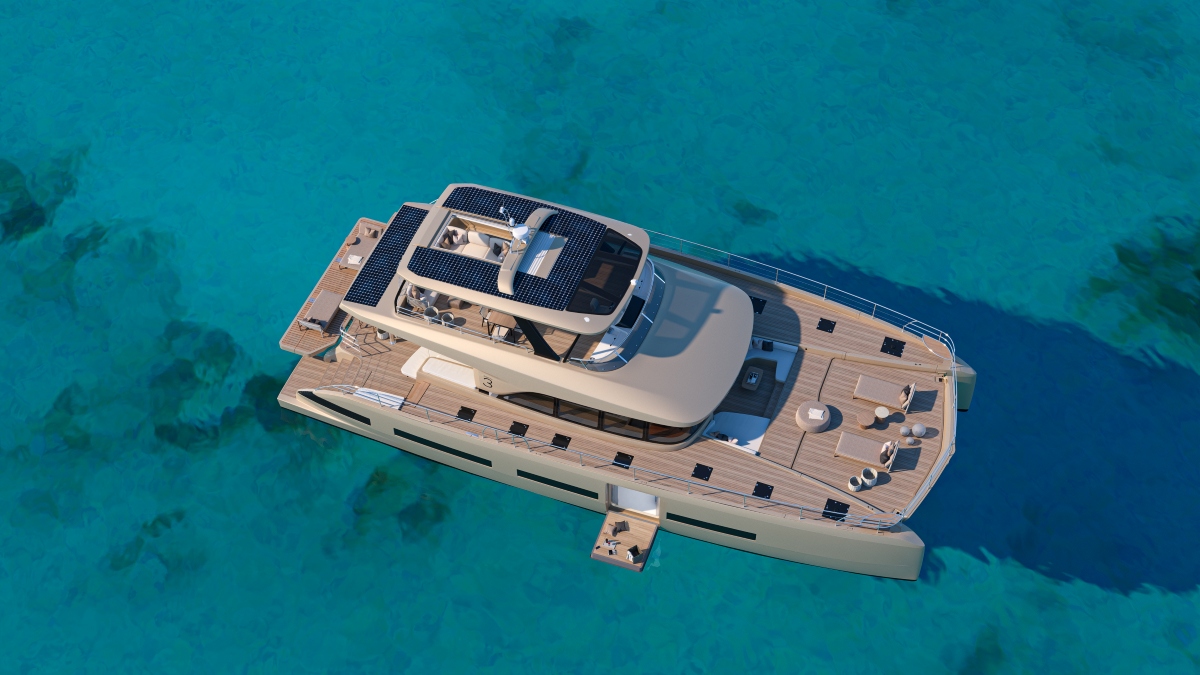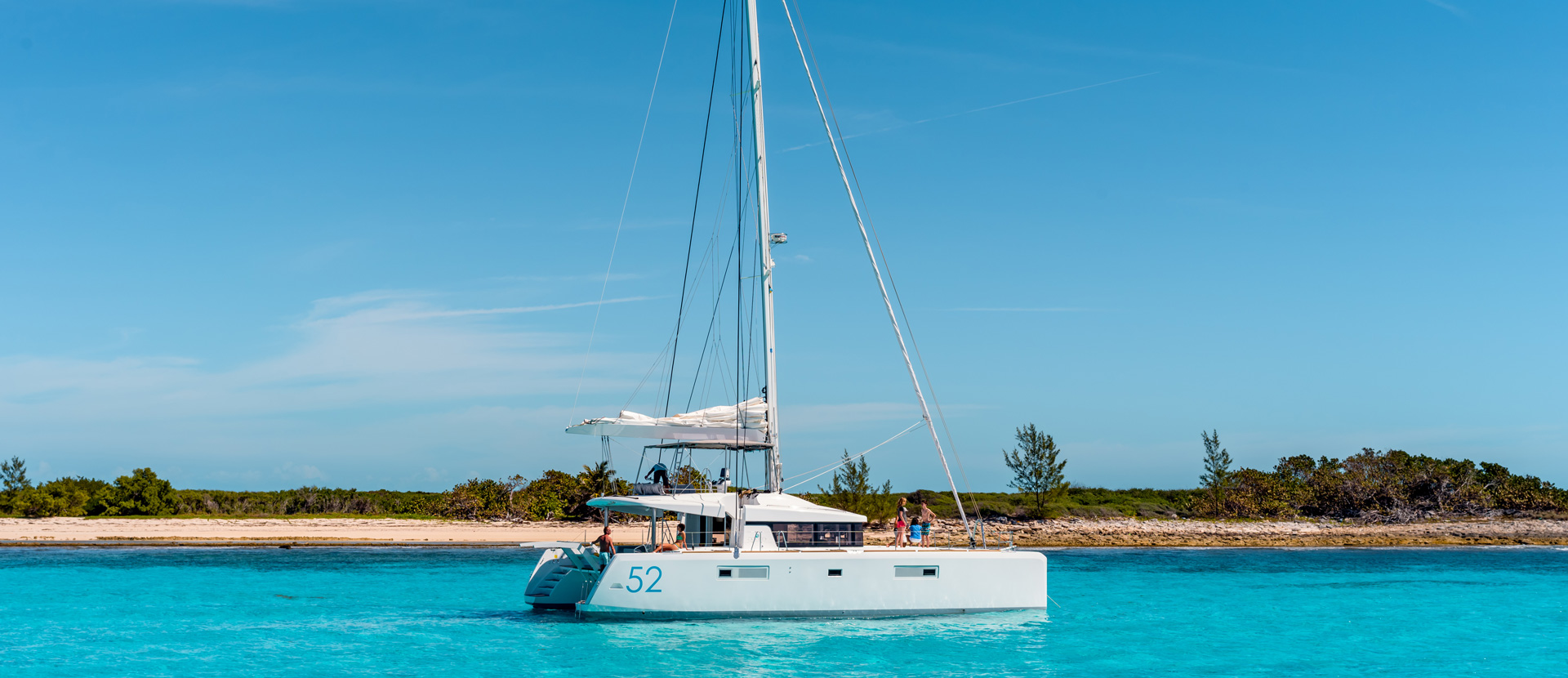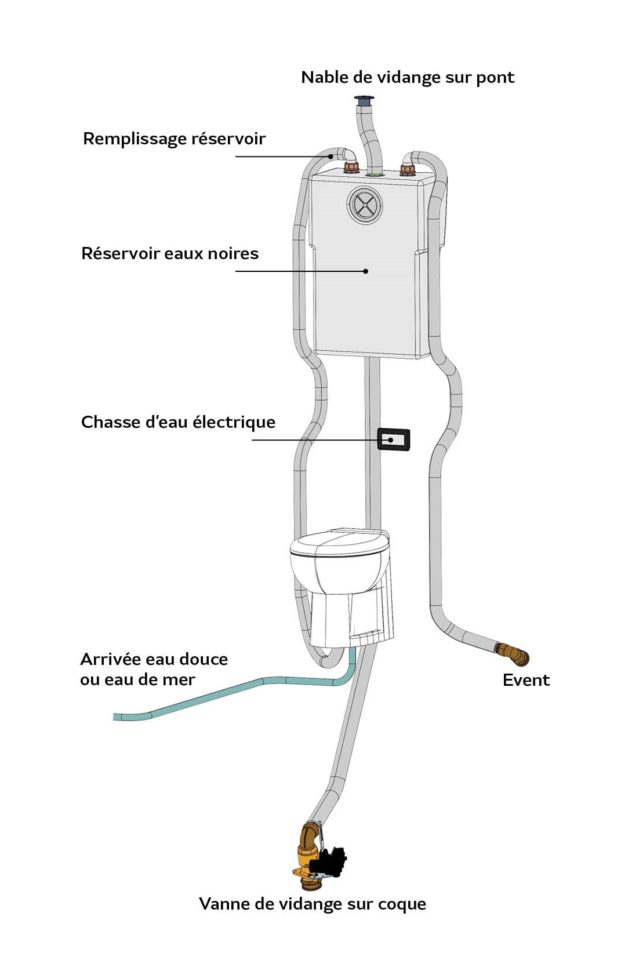There are various water systems on a boat, including black water systems (wastewater from the heads). It is not a subject that people talk about that much, but dealing with black water can be a real headache. It is a delicate but essential matter. If you have a weak stomach, read no further!
WARNING
The first thing to understand is that the heads on a boat are systems that grind up and eliminate wastewater. As everyone will tell you, when it comes to toilets, prevention is better than a cure! With this in mind, here are a few basic rules for correct use.
First of all, be extremely careful about what you dispose of in the system. You should only use specially-adapted toilet paper. Next, always clean the heads with special eco-friendly products. Do not use any products containing acetone, trichloroethylene, or any other product that can damage rubber parts.
UNDERSTAND HOW THE SYSTEM WORKS
To keep the system in good working order, it is essential to understand the mechanisms involved.
There are two types of toilet:
- Manual toilets, which you have to pump by hand to create suction to flush.
- Electric toilets: simply push a button to activate the inlet of freshwater into the bowl and flush away the black water.
In some navigable waters, you are advised not to discharge black water into the sea, and indeed prohibited from so doing in some regions. There are two ways to empty out your toilets: either have them emptied by a company specialized in doing this in port, or discharge black water into the sea (provided that this not prohibited). Even so, out of respect for everyone, you MUST discharge black water in offshore waters, at least six nautical miles from the coast.
In practice, when you flush the toilet, the black water is pumped into a black water tank. If the outlet valves are closed, then the black water remains in the holding tank.

